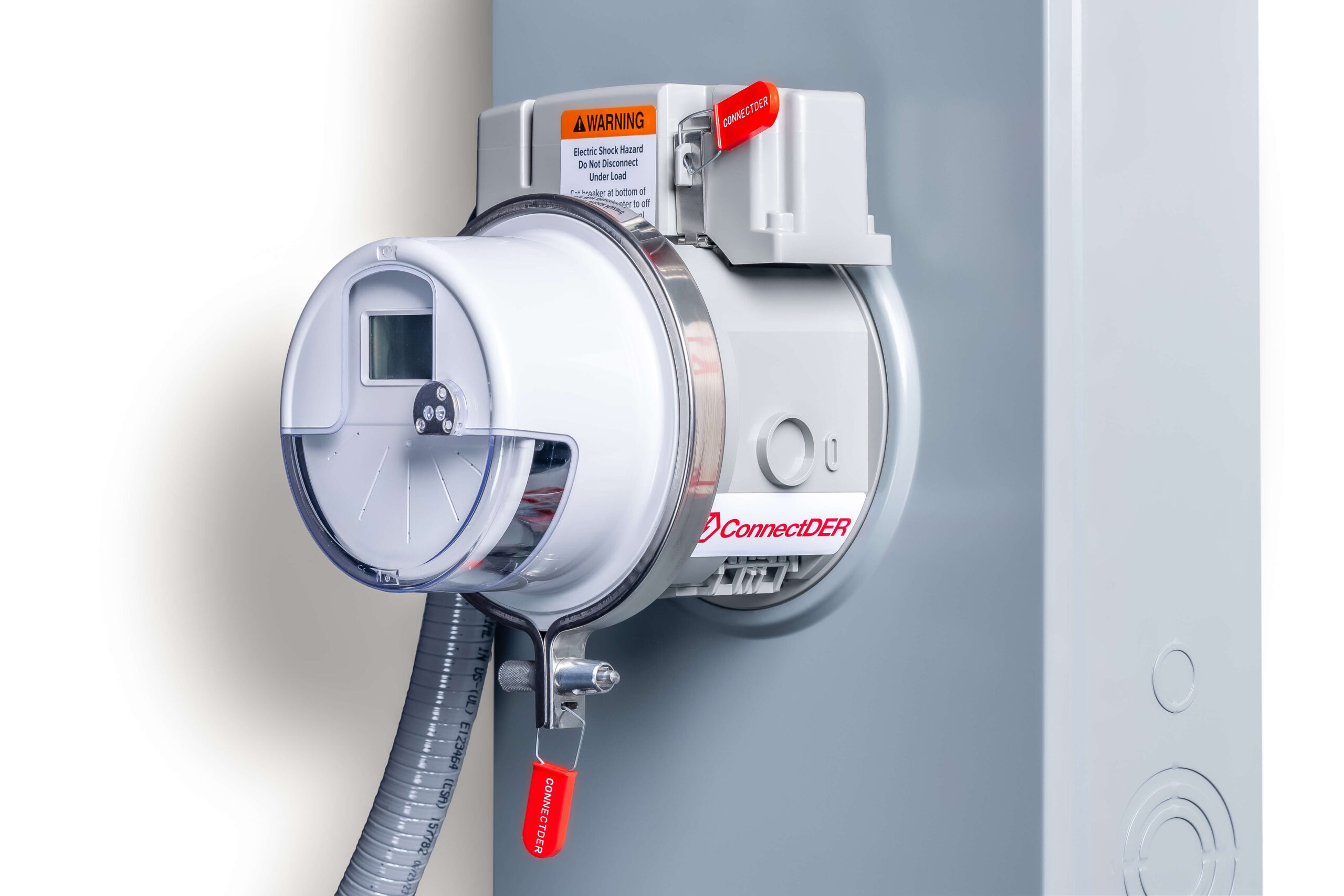
As the name implies, these devices get installed right behind the electric-utility meter. They can make it easier and cheaper to have whole-home battery backup.
In warmer states (like California), most houses have meter-main combos. This means the electric meter and the main electrical panel are both in the same enclosure. (In colder states, typically the meter is outside while the electrical panel is inside.)
For whole-home backup, the site needs to be immediately isolated from the grid when the grid goes down... there needs to be no chance that site power backfeeds into the grid while lineworkers are trying to fix it.
...This requires that the hybrid system's "microgrid interconnect device" (MID) be between the electric meter and the loads. Without a meter-socket adapter: In a meter-main combo, grid power flows right into load circuits. An MID-integrated hybrid inverter can't just have a two-pole breaker in the main panel. The load circuits need to be downstream of that MID. This requires either 1) replacing the meter-main combo with two dedicated enclosures (a meter socket and a panel), or 2) moving all loads into a new subpanel (downstream of the MID). Both of these options require serious electrical work and expense.
Herein lies the beauty of a meter-socket adapter. ...The adapter can isolate the site from the grid right at the meter. ...Like a level-2 car plug, the adapter is a glorified power switch. It gets the signal to isolate from the site's power control system (PCS) (that's typically based in the hybrid inverter). With this setup, load circuits can stay in the meter-main combo, and the hybrid inverter is simply tied into it with a two-pole breaker.
The meter-socket adapter and PCS need to UL 3141 listed as an assembly (awesome that the National Electrical Code supports this!). ...A Nationally Recognized Testing Laboratory (NRTL) needs to verify that the assembly will work reliably (because the stakes are high).
Several inverter companies sell or will sell "islanding" adapters that only work with their inverters (e.g. Tesla, Enphase).
The agnostic adapter company is ConnectDER. They're working hard to get utility approval of their IslandDER adapter across the country. PG&E is currently evaluating it. Hopefully, PG&E will start a pilot by July and will approve its broader use by the end of the year.
...A big part of ConnectDER's work is engaging with bureaucracies that prefer the status quo.
I've met some of the ConnectDER team, and by golly I like them. I look forward to installing the IslandDER.
